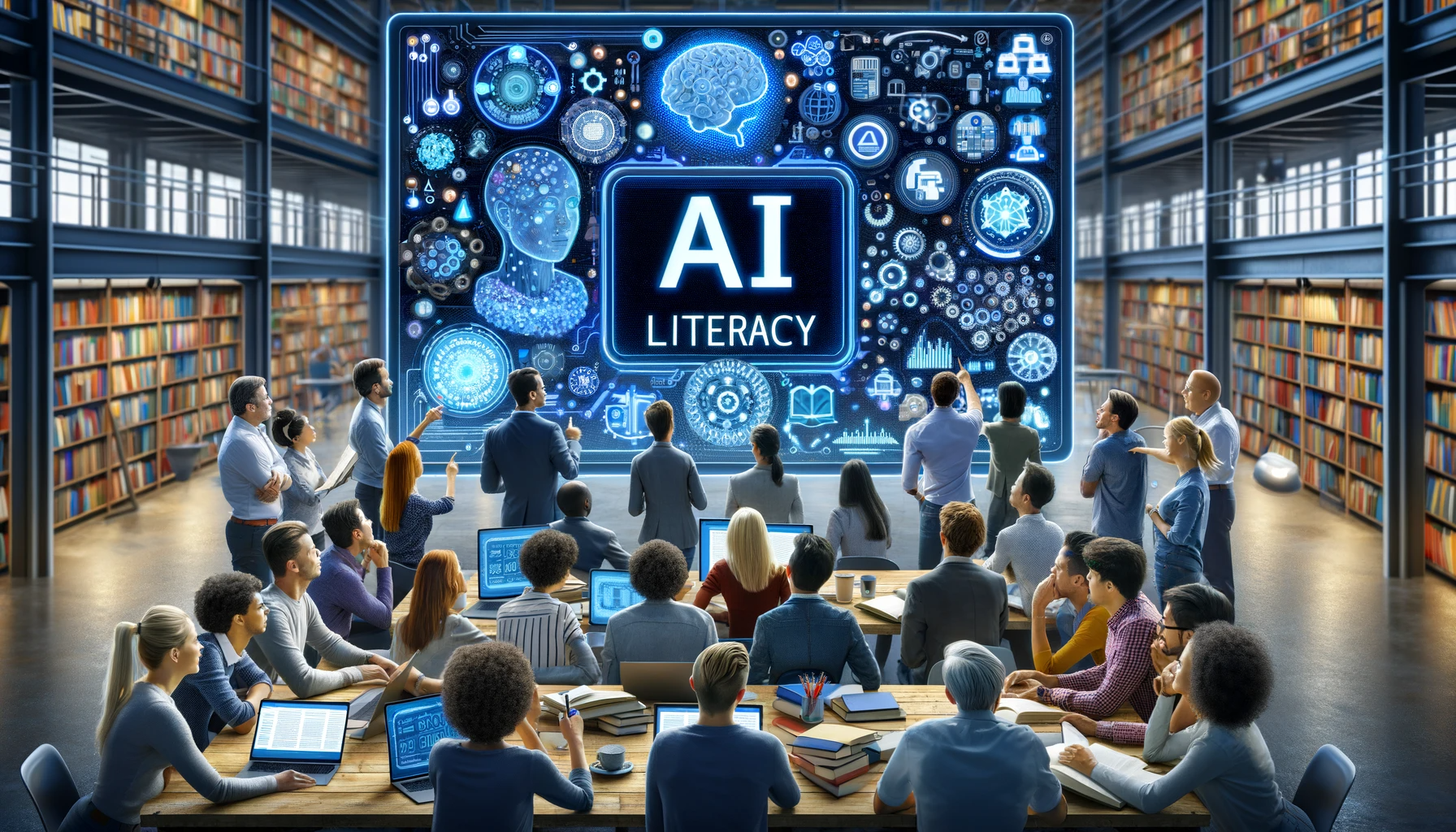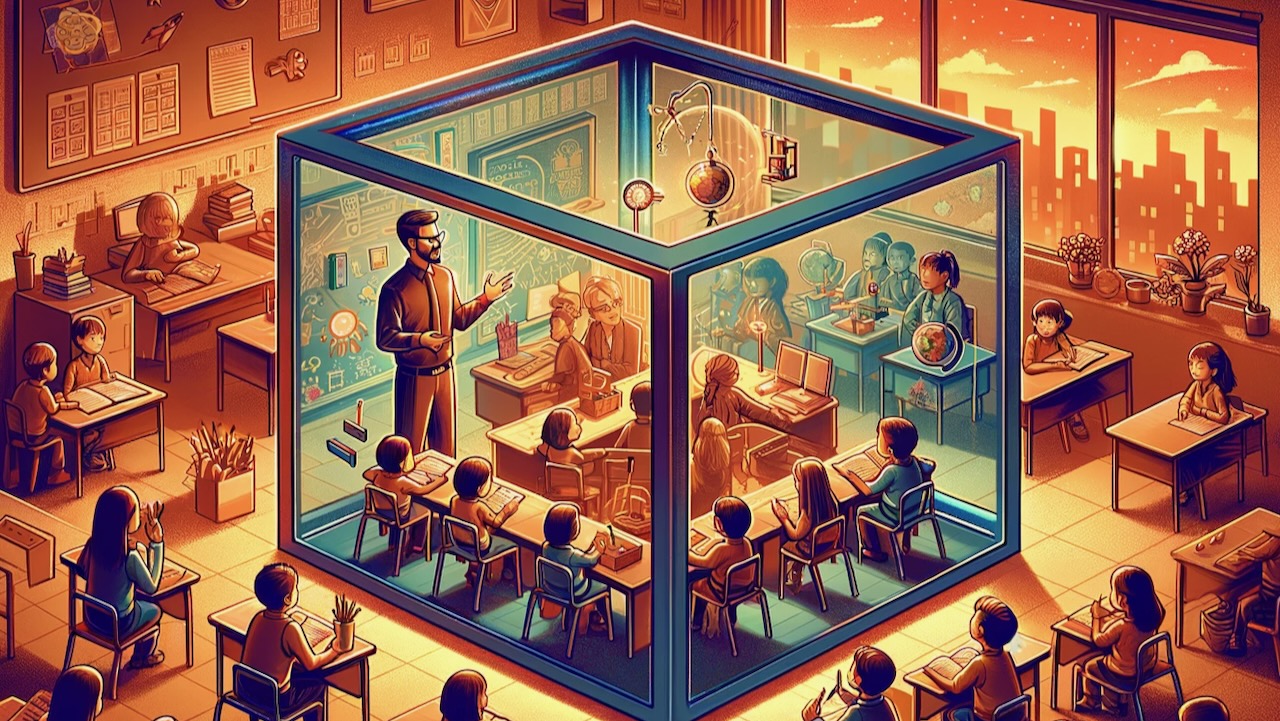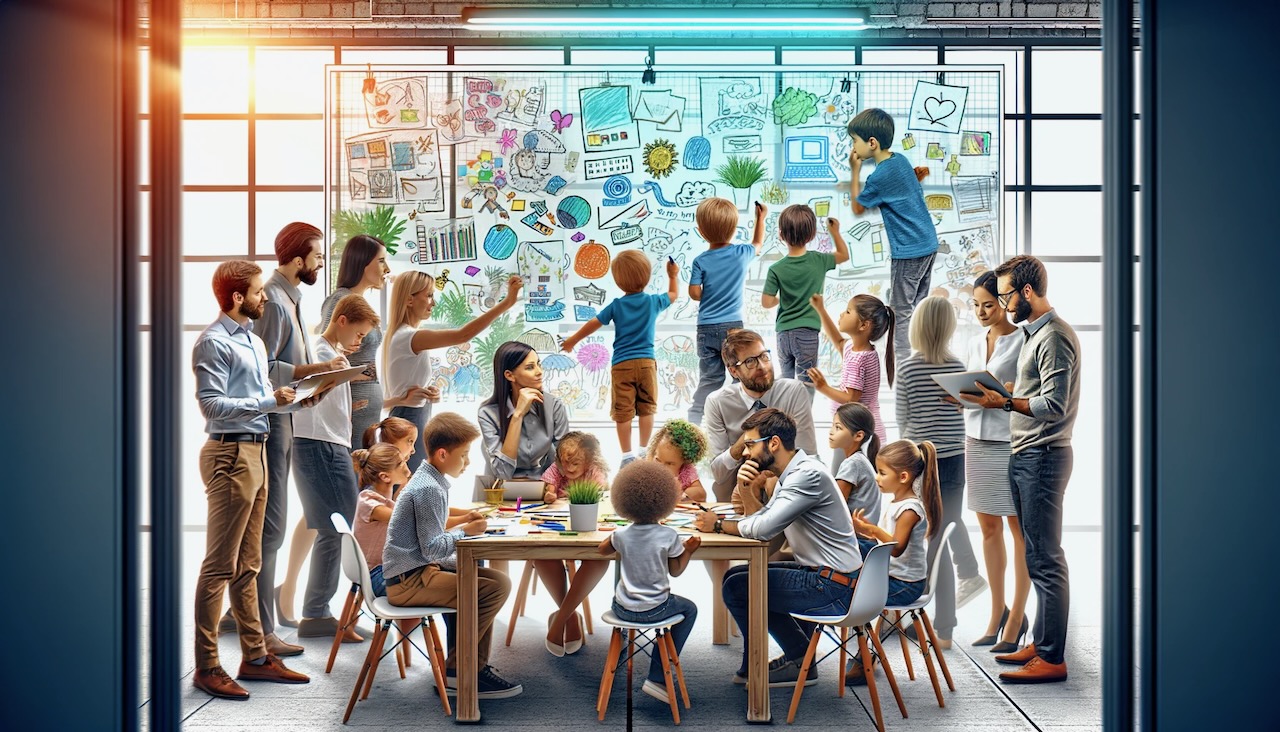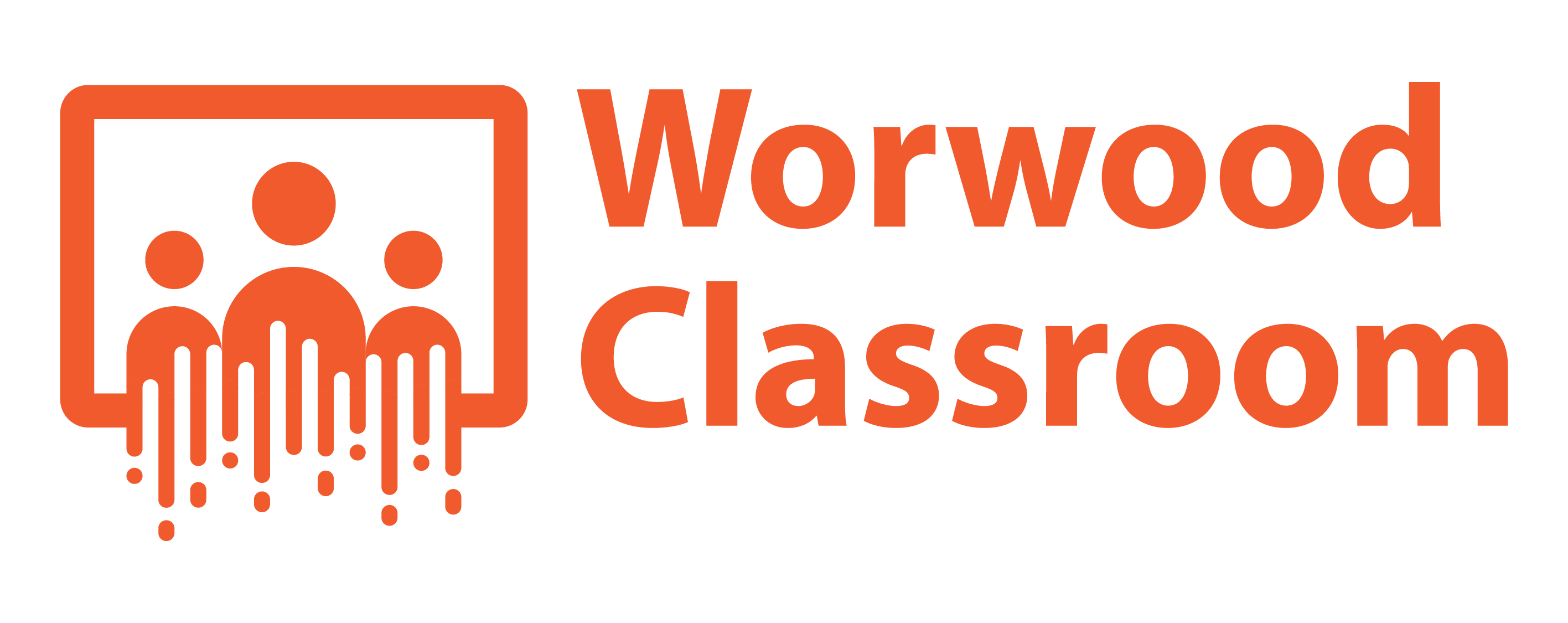How AI Literacy can support future Co-Creativity with Generative AI

AI Literacy can help students know when they are most likely to experience errors, bias, and the potential for misinformation, which might help emphasize the value of human judgment. And understanding how generative AI uses prompts to make predictions can assist future creatives in ideation .
Matthew Worwood Tweet
We recently released an awesome episode on our education pod that explored the concept of Co-Creativity and AI with academic researcher Janet Rafner. After recording the episode, I thought about the skills we might need to support co-creativity with generative AI and so I revisited the concept of AI literacy.
Computer Assisted Creativity
To begin, let’s explore creativity with technology briefly; scholars have long studied how humans interact with technology to produce new outcomes. Recent research has focused on digital technology like tablets and personal computers, with an emerging interest in generative AI specifically.
Much of this research connects with concepts like computer-assisted creativity or creativity-assisted tools. Within sociocultural theory, we might explore such tools as technological affordances that influence creativity based on how we perceive and interact with them inside a given environment.
To explore an example from a creative industry, during the early days of animation, the system for production once consisted of a lead animator developing a collection of keyframes that represented the start and end sequence of an animated segment (e.g., walk cycle). Within this production system, assistant animators were hired to create the frames needed between these keyframes to establish the illusion of movement. These assistant animators drew in the additional frames and were called Inbetweeners.
Fast forward to computer animation; software like Maya automatically generates these in between keyframes. And thanks to this type of software, the lead animator can tweak, modify, and experiment with an animated segment in a variety of different ways. However, with a vast array of special effects and innovative tools embedded in these applications, the interaction between this software and animators has led to new approaches and outcomes for creativity. Consequently, scholars interested in computer-assisted creativity might choose to study this type of example and consider how new features contribute to the incremental and radical forms of creativity seen in the animation field.
Co-Creativity
Now, as the name suggests, Co-Creativity refers to the collaboration of creativity among different entities, more notably other people. However, with the emergence of generative AI, more scholars are considering Co-Creativity from the perspective of human and computer interaction. This is similar to the concept of Computer Assisted Creativity, but a little different than the traditional study of Computer Assisted Creativity because theoretically the computer might be responsible for the initial creation that the human builds upon. This represents a significant change to the system of human computer interaction and includes sparks of creativity that may occur when the computer produces an outcome that the human didn’t anticipate or serves as a collaborative colleague that participates in the iteration of an idea.
AI Literacy: An Expanding Concept
What does AI Literacy look like; well, much of this discussion will start within the field of computer science. Not everyone (including myself) has sufficient experience or knowledge of computer science, but the concept of computational thinking exists across disciplines, and I suspect the general idea of AI Literacy will expand beyond the development of AI tools and toward their use and application in society.
Connecting this back to the teaching of AI Literacy in support of Co-Creativity with generative AI, let’s think more of AI Literacy as an understanding of the relationship between you and the tool used to support the creative process.
Like any type of collaborative effort with colleagues, we likely benefit from an understanding of their strengths and weaknesses, their interests and motivations, and what unique insights they may bring to the project. Working collaboratively with generative AI shouldn’t be any different. We should take the time to learn about its capabilities and its potential relationship to our creative endeavors.
In the animation example, most students are still exposed to the initial systems for animation production before or during their introduction to animation software. Arguably understanding early animation helps enhance the ways students utilize this tool.
Many students also learn how to run the software on their computers best and understand its limitations to reduce errors (e.g., crashing during rendering).
Ultimately, to maximize co-creativity with technology, we must develop knowledge of how these technologies work and understand their limitations through ongoing interaction with them.
Knowing how generative AI works can help students identify how and when to deploy these tools within the creative process. It can help them establish a code of ethics for their design process and explore what they can do well, and what humans can do better. Knowing how and when they are most likely to experience errors, bias, and the potential for misinformation helps emphasize the value of human judgment. Understanding how generative AI uses prompts to make predictions can assist future creatives in ideation.
If we go back in time and re-evaluate our approach to social media, I suspect training in media literacy would be a heightened priority, as would an increased understanding of social media algorithms and their likely influence over the information we see in our social media feeds. We may question the consequence of information bubbles and recognize the value of critical thinking when interacting with social media.
Knowledge of social media would not only better support the use of social media in society but potentially minimize its harmful effects.
If we are to set Future Creatives up for success when it comes to Co-Creativity with Generative AI, we must not only expose students to the technology but teach them how it works, its limitations, and how to evaluate its relationship to the systems of creativity that exist in their chosen field.
Without a dedicated effort, we may unintentionally create a similar disconnect to how we approach social media. with very little taught in the classroom, despite the massive use outside.
I understand that some might have concerns about the use of generative AI, but engaging young people in the technology today will help them lead the decision-making on when and how to use it effectively in the future. We need to train them in AI Literacy! And if its a new concept for us, then we can see this as an opportunity to develop these skills together.

Teachers are designers. We even have a related field of study called instructional design. Design is about solving problems and solving problems within the constraints of a box. That’s why teachers must think inside the box.

Why it might be time to re-evaluate our approach to teaching Divergent Thinking in the Classroom? All the times we say "come up with ideas" but in reality the time constraints or lack of knowledge

AI Literacy can help students know when they are most likely to experience errors, bias, and the potential for misinformation, which might help emphasize the value of human judgment. And understanding how generative AI uses prompts to make predictions can assist future creatives in ideation.

As a mindset, design thinking remains highly relevant across various fields and contexts; design thinking is a collection of principles promoting data use to validate ideas and inform how we solve real-world problems.
Matthew Worwood
I am a professor of Digital Media Design with a research focus on Design Thinking, Teacher Creativity, and technology-assisted creativity. I co-host the Fueling Creativity in Education podcast, blog at DadsforCreativity.com, and I have almost two decades of experience developing new innovative programs across the grades.
